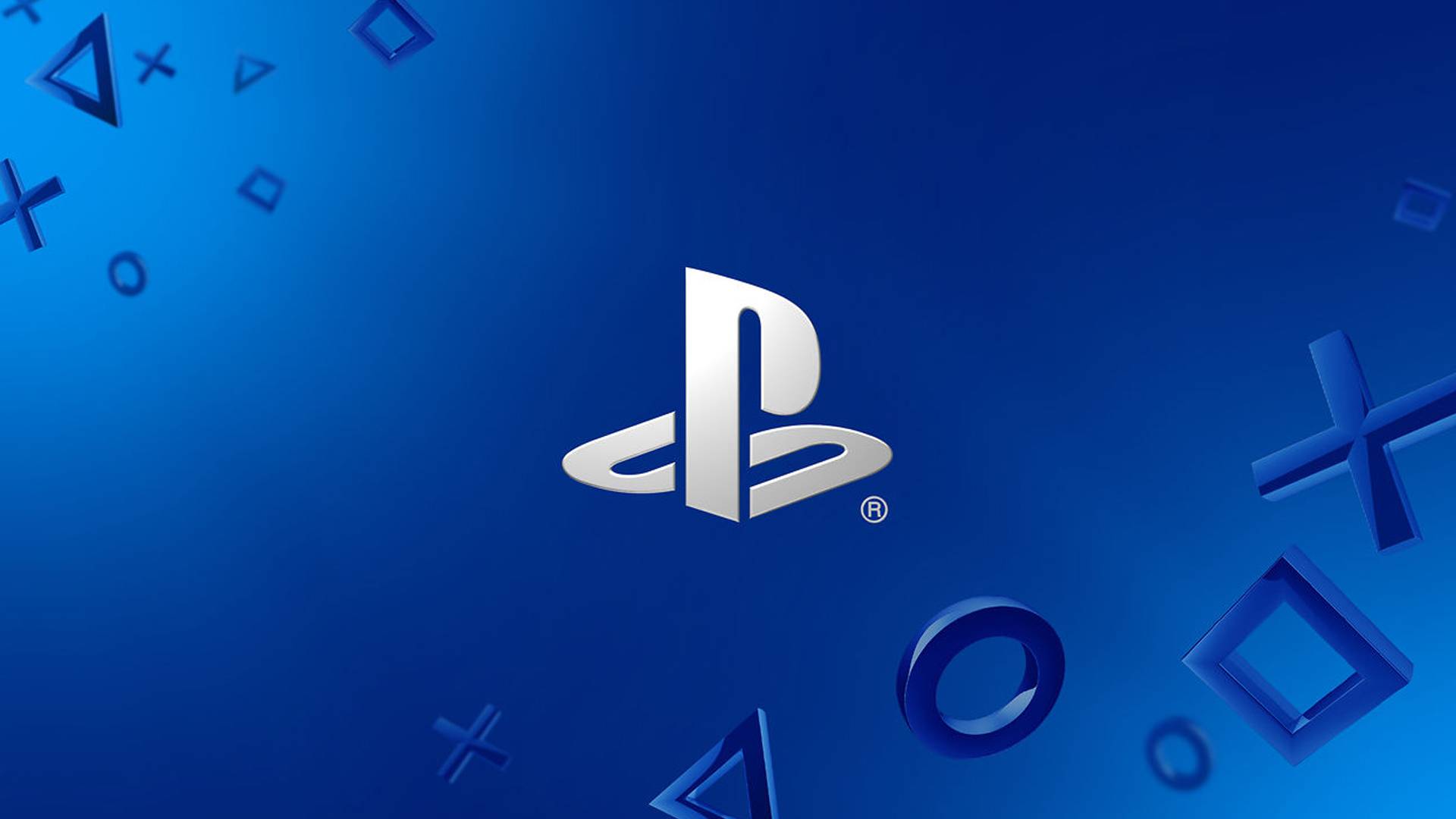Microsoft has announced its next foray into the world of generative AI – a model known as “Muse” that can generate “game visuals, controller actions, or both.” The company has described it as particularly “groundbreaking” as it can understand the nature of a 3D game world, creating “consistent and diverse” gameplay footage based on 10 initial frames of human-made data.
The footage shown off to demonstrate Muse was developed using Ninja Theory’s arena game Bleeding Edge as a basis. Notably, the gif examples included in Microsoft’s latest blog are fairly small – and if you look closely, it becomes quite clear why. The AI model can’t quite generate coherent frames just yet, only the idea of what a game should look like.
Zooming in, you’ll see that characters are blobby and unclear, with lines that shift and dance around, a lot like in standard, unedited AI video content. They move within environments that are constantly changing, creating a surreal, discombobulating effect.
Still, Microsoft appears confident in its newly-developed AI model, and for how it may reshape game development in future. Per the company, it could allow developers to “ideate and expand upon their work in new ways,” including through simple prototyping.
Read: itch.io now requires developers to tag games made with GenAI
Weirdly enough, Microsoft has also suggested its AI model could be used to resurrect beloved classic games, “radically” changing how games are preserved.
“Today, countless classic games tied to aging hardware are no longer playable by most people. Thanks to this breakthrough, we are exploring the potential for Muse to take older back catalog games from our studios and optimise them for any device,” Microsoft said. “To imagine that beloved games lost to time and hardware advancement could one day be played on any screen with Xbox is an exciting possibility for us.”
The reality is, this technology already exists, and has for years. Emulation has been widely adopted to preserve classic games in their original form, without the complications that generative AI may bring. In leaning too heavily into generative AI to update and modernise classic games, the substance and original flavour of these games is also likely to be lost. There are certain elements of games that can only be understood and preserved by human hands.
For now, Microsoft is taking a relatively slow approach to generative AI integration in its game development processes, with teams reportedly adopting the tech at their own pace. It’s also made clear that while it feels there’s potential in the technology, there is still quite some way to go before it becomes viable and reliable in the game development process.
“As we look ahead, we’re focused on how AI can address the barriers and frictions to playing and developing games. This means that we’ll share our AI product innovation earlier on, providing opportunities for players and creators to experiment with and co-build new AI features and capabilities with us,” Microsoft said.
“This allows us to make sure that our AI innovations address real problems and add new value to creating or playing with Xbox.”
That “new value” will be essential to implementing generative AI in gameplay – as without a formal purpose or genuine improvement, it will likely remain a controversial and undesirable technology. We’ll have to wait to see what’s next in Microsoft’s plans to implement generative AI across its business.





